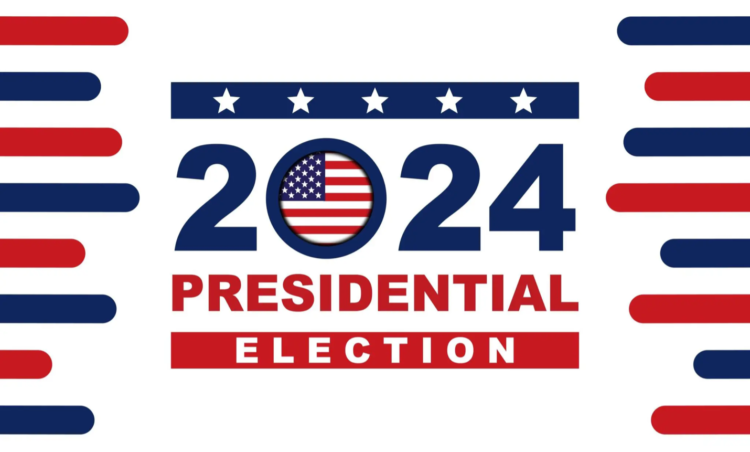Big money in politics: The skyrocketing cost of democracy

OPINION
Political ad spending for the 2024 US election cycle is projected to hit a record-breaking $10.7 billion, according to a projection by AdImpact. This forecast, which has seen an increase from an earlier estimate of $10.2 billion, underscores the escalating costs and high stakes associated with the upcoming elections. Over the past two weeks alone, AdImpact reported tracking $165.8 million in political ads, bringing the total spending for this cycle to $3.19 billion. This figure significantly surpasses the $2.61 billion spent at the same point in the 2020 race. The unexpected announcement of President Joe Biden ending his reelection bid on Sunday further complicates the landscape, forcing both parties to overhaul their ad strategies and driving costs even higher.

The massive amounts of money funneled into political ads primarily benefit broadcasters and digital platforms. However, what does this mean for the electorate? On one hand, increased spending on ads can lead to a more informed public, providing voters with the information they need to make educated decisions at the polls. On the other hand, it also raises significant concerns about the pervasive influence of money in politics.
Candidates and political parties are compelled to spend enormous amounts of time and effort courting donors, which can divert attention from substantive policy discussions and grassroots engagement. This dynamic risks skewing political priorities towards the interests of wealthy contributors rather than the broader electorate.
The increase in political ad spending is not just limited to the presidential race. Projections include $2.68 billion for the presidential elections, $2.15 billion for Senate races, $1.79 billion for House of Representatives candidates, and $469 million for gubernatorial races. This widespread spending reflects the high stakes and intense competition across various levels of government.
Biden’s exit sparks surge in campaign ad spending
President Joe Biden’s surprise announcement this Sunday to end his reelection bid will significantly impact campaign ad spending strategies. Both parties are now forced to develop new advertisement and messaging approaches, driving up costs even further.
On Monday July 22, the Harris for President campaign announced it had secured $81 million in donations within a 24-hour period, following President Joe Biden exit from the 2024 presidential race and his endorsement of Vice President Harris as the Democratic nominee.
Trump’s campaign officials have quickly redirected their focus toward Vice President Kamala Harris. Sources told ABC News that many ads prepared to target Biden’s debate performance are now unusable.
This unexpected development suggests campaign spending could rise even higher than current projections, adding to the already record-breaking forecast of $10.7 billion for the 2024 election cycle.
The influence of science-based ad campaigns
The dramatic rise in political ad spending is also closely tied to advancements in campaign strategies. A recent study, “How experiments help campaigns persuade voters: evidence from a large archive of campaigns’ own experiments”published in the American Political Science Review on February 9, 2024, sheds light on this evolution. According to the researchers, campaigns today are investing millions of dollars in rigorous, science-based experiments to understand how potential voters’ attitudes and behaviors change in response to specific ads.
“This study gives us a unique window into what’s actually going on in political advertisements,” said Berkeley political scientist David Broockman, lead co-author of the new study. “Do these assessments really help? Are they over-hyped? Our answer is: These tools can help a lot. They can give campaigns a real edge.”

Broockman further explained that ads developed with these new content-shaping systems can “easily double the effectiveness of their advertising spending” — potentially enough to swing the outcome of a close election. However, he also pointed out that this evolution in persuasion tools has “important implications for American elections and democracy.” The study’s authors note, “Because experimentation allows campaigns to increase the effectiveness of their advertising spending, experimentation increases the influence of money in elections, with benefits that redound principally to the best-funded campaigns.”
Balancing democracy and dollars
As the cost of political campaigns continues to escalate, it is crucial to consider reforms that can level the playing field and reduce the influence of money in politics. Public financing of campaigns, stricter limits on campaign contributions, and enhanced transparency measures are potential steps towards ensuring that elections remain fair and representative.
In the meantime, voters should remain vigilant and discerning as they navigate the deluge of political advertisements. Cultivating critical thinking and media literacy are essential tools for cutting through the noise, enabling voters to make informed choices that truly reflect their values and priorities. By staying informed and engaged, we can collectively work towards a more equitable and transparent political landscape.



